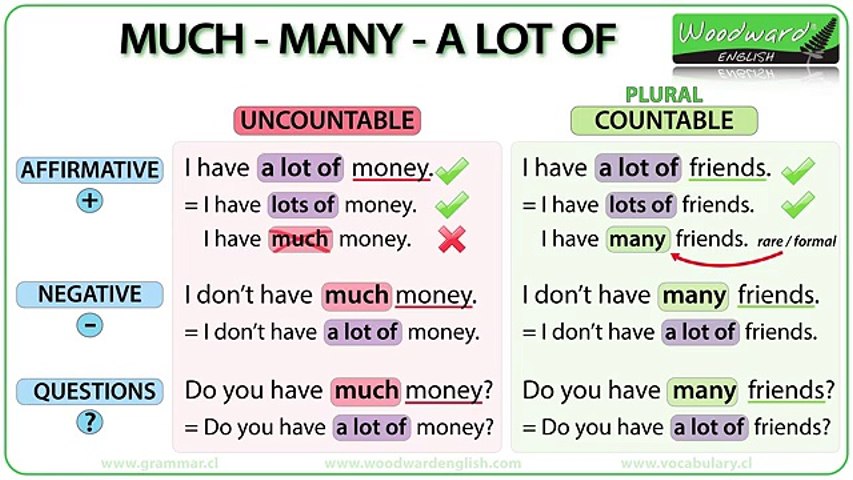In Minnesota, ATV operators born after July 1, 1987 and OHM riders under the age of 16 are required to complete an approved safety course before riding on public lands.
A. The OHV Safety Certificate is proof that you have successfully completed an ATV Safety Course that is approved by the Minnesota Department of Natural Resources.
A. An ATV Safety Certificate is required for all ATV riders in Minnesota who were born after July 1st, 1987 and ride an ATV on public land. Note - there may be additional restrictions for riders under 18. To learn more, visit the Minnesota ATV Laws & Regulations page.
A. With the online ATV Safety Course, you will learn all about ATV Safety from the comfort of your own home! Study the narrated, interactive online course, then take the visual ATV safety exam to get certified. Best of all, registration is free and you only pay if you want to obtain your Minnesota ATV Safety Certificate!
A. The online study guide contains approximately 200 detailed illustrations, and over 30 interactive exercises that cover every aspect of ATV Safety, from the parts of an ATV to safety gear to basic outdoor survival techniques.
A. You can obtain your Minnesota ATV Safety Certificate in 4 easy steps:
A. You must achieve a grade of 80% (8/10) or higher to pass each chapter quiz.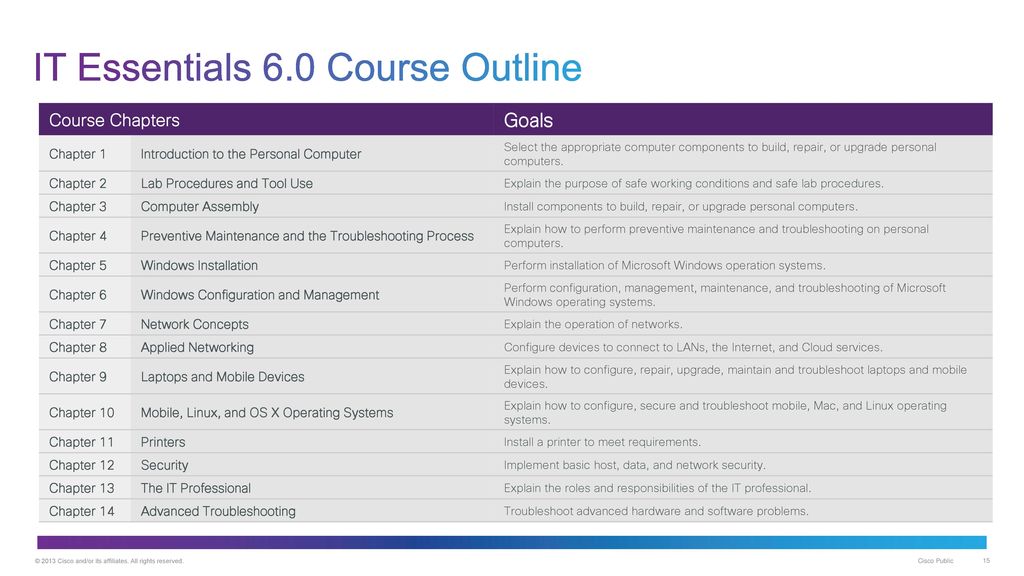 Then you must also achieve a grade of 80% (48/60) or higher to pass the final exam.
Then you must also achieve a grade of 80% (48/60) or higher to pass the final exam.
A. You have 2 attempts at the quizzes and final exam. If you fail twice, you will be required to re-study.
A. The one-time course fee is $25.95. The fee includes unlimited attempts at the final exam, as well as printing and shipping of your permanent Minnesota ATV Safety Certificate.
A. Absolutely! You can take the ATV Safety Course AND ATV Certification exam at any time of the day!
A. A follow-up training course is only required for youth between ages 6 and 15 and can be booked with the Minnesota DNR. However it is a good idea for all riders, especially new riders, to take a hands-on course. Successfully passing the online course and exam will meet the requirements to earn your Minnesota ATV Safety Certificate.
However it is a good idea for all riders, especially new riders, to take a hands-on course. Successfully passing the online course and exam will meet the requirements to earn your Minnesota ATV Safety Certificate.
A. You can take the online course at any time, day or night. However, courses must be completed within 90 days of payment at which time your access to the course will expire.
Then you need to succesfully complete an approved Wisconsin ATV/OHM Safety Course before riding on public lands.
Get Certified
Returning user? Sign in here.
A. The OHV Safety Certificate is proof that you have successfully completed an ATV Safety Course that is approved by the Wisconsin Department of Natural Resources.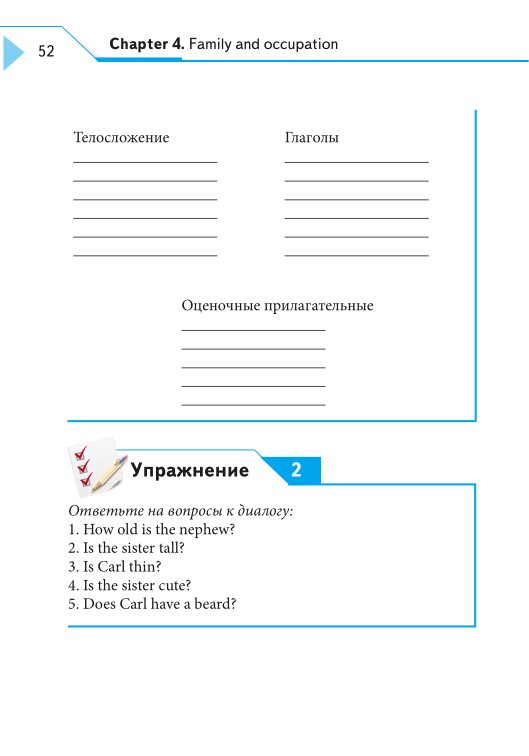
A. An ATV Safety Certificate is required for all ATV riders in Wisconsin who were born after January 1, 1988 and are at least 12 years of age who operate on public land. Note - there may be additional restrictions for riders under 18. To learn more, visit the Wisconsin ATV Laws & Regulations page.
A. With the online ATV Safety Course, you will learn all about ATV Safety from the comfort of your own home! Study the narrated, interactive online course, then take the visual ATV safety exam to get certified. Best of all, registration is free and you only pay if you want to obtain your Wisconsin ATV Safety Certificate!
A. The online study guide contains approximately 200 detailed illustrations, and over 30 interactive exercises that cover every aspect of ATV Safety, from the parts of an ATV to safety gear to basic outdoor survival techniques.
Start the ATV Safety Course Now
A. You can obtain your Wisconsin ATV Safety Certificate in 4 easy steps:
A. You must achieve a grade of 80% (8/10) or higher to pass each chapter quiz. Then you must also achieve a grade of 80% (48/60) or higher to pass the final exam.
A. No problem! You're here to learn! Simply review your answers and try the quiz or exam again. There are no penalties if you fail, and you can retry at any time. Note, however, that quizzes and final exams are generated at random.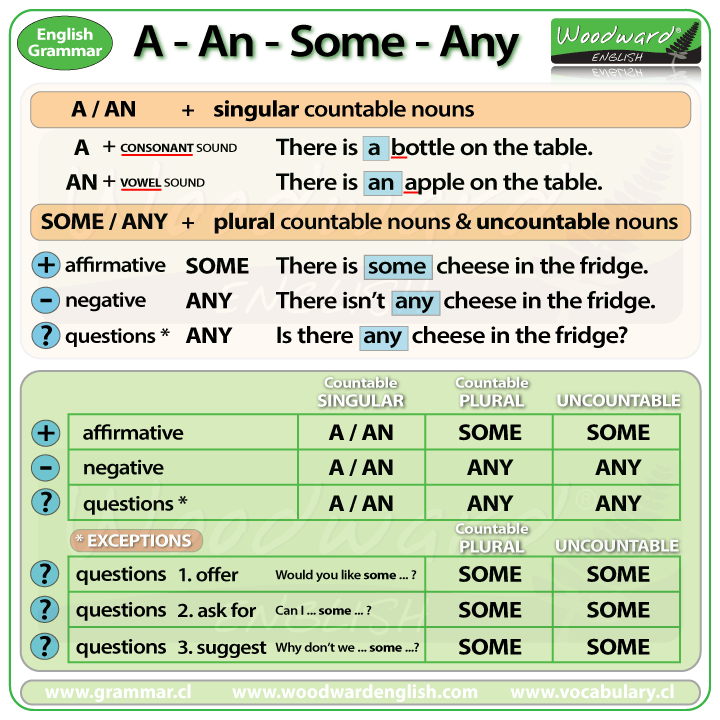 When you retry the quiz/exam, you will never see the same exact questions.
When you retry the quiz/exam, you will never see the same exact questions.
A. The one-time course fee is $34.95. The fee includes unlimited attempts at the final exam.
A. Absolutely! You can take the ATV Safety Course AND ATV Certification exam at any time of the day!
A. No. Although hands-on ATV Safety Training is a good idea for all new riders, you are not required to take formal ATV Training in order to obtain your ATV Safety Certificate OR ride on Wisconsin's Public Roads.
A. You can take the online course at any time, day or night. However, courses must be completed within 90 days of payment at which time your access to the course will expire.
Initially, it was conceived by the organizers as an introduction, and is designed primarily for beginners. The route includes several competitive disciplines (sandy beach, orienteering according to the legend).
Its main feature is the opportunity to look at the athletes on the track. To participate, only three things are required: desire, a four-wheel drive car and a navigator.
The group is accompanied by a special instructor who will answer all questions and explain what is happening. The program also includes sightseeing trips to the protected places of Karelia, a review of historical and architectural monuments.
___________________________________________________________________________________________________
The most popular group in recent years - "Grand Tourism" - combines sports, recreation and travel . Participants are offered an adventure game - "quest", where they search for various objects, up to the final treasure.
Participants are offered an adventure game - "quest", where they search for various objects, up to the final treasure.
The route includes the so-called "cultural navigation" with visits to natural monuments and historical sites.
You need to have a desire and a navigator with you, but the car can be any, from a simple all-wheel drive to a serious sports car. The task on the track: to get to the treasured GPS points. Moreover, the path can be chosen either very simple, but long, or more difficult, but noticeably shorter. It is allowed to leave the car in front of a deep puddle and walk the remaining kilometer on foot - this does not affect the results.
Having reached the GPS point, you need to count or remember something - for example, the bells on an abandoned wooden church of the 18th century, the number of sluices at the hydroelectric power station, or the year the Varasheva stone was laid (the border between Russia and Sweden). All this data must be combined in a complex formula, according to which the finish coordinates are calculated. Whoever reaches it first is the winner.
Whoever reaches it first is the winner.
The competition also includes dune and beach races, night orienteering, technical stages. There are additional "bonuses" - a short difficult section (swamp, ford or mud), after passing which, you can ask the organizers a question about the correctness of any components of the final formula.
The next two groups are "TP1" (sports) and "Adventure" (tourist).
Here, participants will face much more severe conditions: fords up to one and a half meters, swamps, ruts and high-speed sections located between them.
There is nothing superfluous in the cars: a safety cage, a pneumatic system, navigation and two or three serious people.
The competition is also serious, because minutes count. A little delayed - and now you are on the next line of the protocol.
Both groups drive on the same track, their cars are similar to each other in terms of technical characteristics.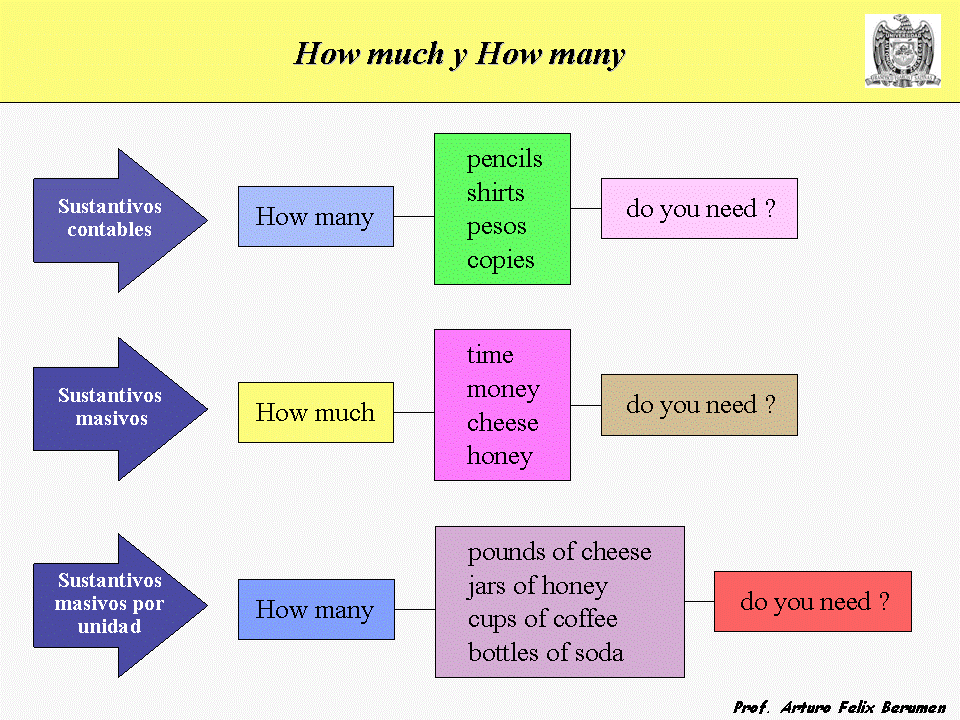 But "TR1" is a continuous stopwatch , the time of passing each Special Section (SS) is summed up and affects the result. Participants who do not meet the control time receive a temporary penalty, which is very difficult to win back.
But "TR1" is a continuous stopwatch , the time of passing each Special Section (SS) is summed up and affects the result. Participants who do not meet the control time receive a temporary penalty, which is very difficult to win back.
In the "Adventure" group, the final result is influenced by the very fact of passing, the whole wrestling is decided by the number of stages passed, seconds of several high-speed races and orienteering. At the same time, the groups are constantly "measured" among themselves - who will be the first in the current protocol.
Outwardly almost standard cars. One winch is allowed, a roll cage is required, and an external body cage is often made to protect against trees. Wheels with a diameter of up to 838 mm ("TP1") and 890 mm ("Adventure"), for driving at ultra-low pressure (0.2 kgf / cm2 in swamps), a chamber is inserted into the wheel, and the edges of the tire are glued to the disk. To overcome the fords, the engine air intake (snorkel) is brought to the roof, the entire transmission is waterproofed, and the entire space is often foamed for temporary buoyancy. The car should be as light as possible, so everything superfluous is removed from it, light seats are placed, the equipment is securely fixed. The standard transmission is replaced with a tuning one, forced differential locks are introduced.
The car should be as light as possible, so everything superfluous is removed from it, light seats are placed, the equipment is securely fixed. The standard transmission is replaced with a tuning one, forced differential locks are introduced.
Standard navigation - computer (laptop), GPS receiver, navigator.
_________________________________________________________________________________________________
This is a serious technique, you will not find such a car in the city: everything superfluous from the original model is cut off or thrown away, and the rest is protected from water and shocks, the transmission is enhanced. These cars will go everywhere, it's just a matter of time. In "TR2" the result is summed up by analogy with "TR1", and in "Adventure Open" the very fact of passing the SS is important.
Two winches are allowed, one of which can pull the car back through the block; often winches are installed under the bottom of the car. A safety cage is required, an external cage is almost always available.
A safety cage is required, an external cage is almost always available.
Wheels with a diameter of 939 mm, to protect against wheel breaking at low pressure, various systems for keeping the tire on the rim are allowed - inflatable, fixed with bolts, spacers. The pumping system is allowed - through the transmission, air is supplied directly to the wheels, which allows you to adjust the pressure on the go (this is very important on soft soils: swamp, sand, ruts).
A control panel with pressure gauges for each wheel is installed in the cabin.
It is allowed to greatly change the appearance of the car, often everything superfluous is cut out: the inner parts of the doors, fenders, hood. Seats and "torpedo" are replaced by fiberglass. To overcome the ford, the engine air intake (snorkel) is displayed on the roof, the entire transmission is waterproofed, the foamed frame and good seals allow the car to float for several minutes. The standard transmission is replaced by a tuning one, differential locks are introduced.
Standard navigation - computer (laptop), GPS receiver, navigator.
________________________________________________________________________________________________________________
"TP3" and "Proto" - "heavy artillery" "Ladoga". These are not cars in the usual sense of the word, but all-terrain vehicles ready for any off-road, assembled by hand and thought out to the smallest detail. In jargon, they are more often called "prototype" or "cutlet". By their appearance, they are not at all like cars, only the outlines of serial samples are sometimes guessed. How are they arranged? A space frame with an integrated safety cage is being designed, a good engine from serial machines is being sought, a suitable transmission is being selected, and an energy-intensive suspension with long travel is being introduced.
The clearance of the "prototypes" is half a meter - they are not afraid of fords and stones, in the swamps they feel like in their native element. Deep ruts or dirt are also not a hindrance. Some of them swim and have a water cannon.
Deep ruts or dirt are also not a hindrance. Some of them swim and have a water cannon.
Vehicles of the "TP3" and "Proto" groups differ only in the size and possible type of wheels (tractor rubber is allowed in "Proto").
The absence of body parts (there is only a frame lining) allows you to maneuver with an emphasis on trees. Two winches capable of pulling both forward and backward, rear radiator, and sometimes the engine. Often, fully hydraulic steering is installed on such cars (it does not transfer force from the wheels to the steering wheel and is not afraid of stones and logs), complete waterproofing is carried out, some cars swim confidently. Portal transmission, full differential lock, large suspension travel (up to 500 mm). Wheel diameter 9 allowed39 mm ("TP3") and 1043 mm ("Proto"), the previously mentioned tire retention systems on the rim are used to protect against low pressure parsing. The swap system is installed.
Standard navigation - computer (laptop), GPS receiver, navigator.
___________________________________________________________________________________________________
ATVs (ATV, All Terrain Vehicle) are the fastest and most temperamental participants in the competition. They compete in teams of two (two pilots on two ATVs) - it's safer for the participants themselves. Although falling off an ATV or flipping along with it is a common thing. Helmets and protective equipment are required. Since they spend almost the whole day in the mud and water, it is not uncommon for the crew to wear wetsuits.
All ATVs are divided into four groups according to their technical characteristics and sporting ambitions.
Group "ATV Original" participates in the competition on standard ATVs, they pass the entire track with the stopwatch on.
In the "ATV Adventure" group ride the same tracks, but the determining factor is the passage of all the special stages.
If you want more adrenaline, participants apply to group "ATV Open" . Here, serious work is being done with the equipment: the engine air intakes, the ventilation of the variator are removed by pipes, the ATVs confidently swim due to the foaming of all the voids. These guys go to such places that even "prototypes" are scary to send there.
Stands apart group "SSV " (Side by Side Vehicle) - ATVs with an external safety cage, where the crew consists of two athletes sitting side by side. SSV is a cross between an ATV and a sports buggy, it is not as dangerous as an ATV, but riding on it is no less dynamic and extreme.
Read all the information about "Ladoga Trophy" HERE.
February 25, 2016, 07:00
TASS-DOSIER /Kirill Titov/. The XXVII Congress of the Communist Party of the Soviet Union (CPSU) was held from February 25 to March 6, 1986 in the Kremlin Palace of Congresses in Moscow. The main event of the party forum was the political report of the General Secretary of the Central Committee of the CPSU Mikhail Gorbachev on February 25, during which the Soviet leader for the first time announced the need for publicity in carrying out reforms in the country.
The main event of the party forum was the political report of the General Secretary of the Central Committee of the CPSU Mikhail Gorbachev on February 25, during which the Soviet leader for the first time announced the need for publicity in carrying out reforms in the country.
49 attended the Congress93 delegates from Soviet party organizations. In the meeting room were also 152 delegations of communist, workers, revolutionary-democratic, socialist, social-democratic, labor parties and public organizations from 113 countries of the world.
Read also
Mikhail Gorbachev: the last of the USSR
During the congress, elections were held for the central bodies of the party: the Central Committee (CC) of the CPSU, consisting of 477 people (307 members of the Central Committee and 170 candidates for members of the Central Committee of the CPSU) and the Central Audit Commission from 83 people. In addition, a new version of the CPSU program was adopted, and the "Main Directions for the Economic and Social Development of the USSR for 1986-1990 and for the period up to 2000".
A significant part of the report of the General Secretary of the Central Committee of the CPSU Mikhail Gorbachev was devoted to "further democratization of society" and "deepening of the socialist self-government of the people". The main instrument of such democratization was to be the policy of "glasnost". ". Initially, this term meant the openness of state and party bodies to criticize ordinary workers. Later, in 1987-1988, the content of the concept of "glasnost" expanded significantly. It was about the abolition of censorship restrictions, the establishment of the principles of freedom of speech and exchange in domestic politics After the 27th CPSU Congress, "glasnost" became one of the main slogans of perestroika.
In 1986, new chief editors of the most popular periodicals were appointed. In particular, the Moscow News newspaper was headed by Yegor Yakovlev, the Ogonyok magazine was headed by Vitaly Korotich, and Novy Mir was headed by Sergei Zalygin.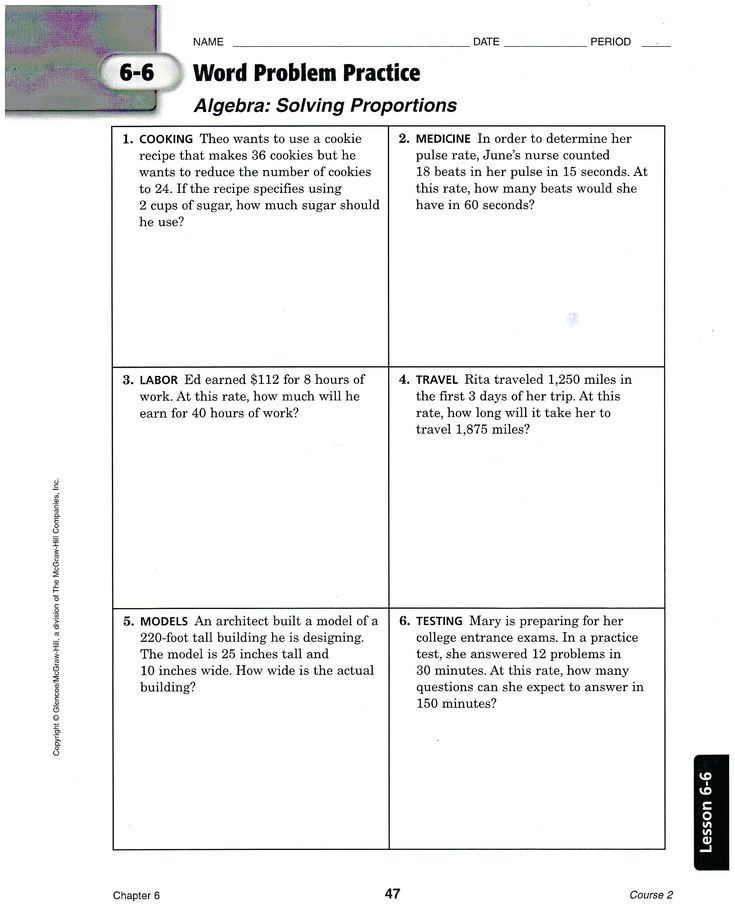 From the beginning of 1987, previously banned literary works began to be published in the USSR (for example, Mikhail Bulgakov's story "Heart of a Dog"), films shot earlier, but not allowed to be shown, were shown (the first was Tengiz Abuladze's film "Repentance"). Books prohibited for distribution to the general public were returned from special depositories to the open collections of libraries, restrictions on subscriptions to periodicals were lifted. At 19In 1987, the first non-state television associations arose, such as "ATV" ("Author's Television Association"). On September 28, 1987, the Commission of the Politburo of the Central Committee of the CPSU "for additional study of materials related to the repressions that took place in the period of the 30-40s and early 50s" was created. In 1988-1991 as a result of her work, more than 1 million illegally convicted Soviet citizens were rehabilitated. On November 30, 1988, jamming of foreign radio stations was completely stopped in the USSR.
From the beginning of 1987, previously banned literary works began to be published in the USSR (for example, Mikhail Bulgakov's story "Heart of a Dog"), films shot earlier, but not allowed to be shown, were shown (the first was Tengiz Abuladze's film "Repentance"). Books prohibited for distribution to the general public were returned from special depositories to the open collections of libraries, restrictions on subscriptions to periodicals were lifted. At 19In 1987, the first non-state television associations arose, such as "ATV" ("Author's Television Association"). On September 28, 1987, the Commission of the Politburo of the Central Committee of the CPSU "for additional study of materials related to the repressions that took place in the period of the 30-40s and early 50s" was created. In 1988-1991 as a result of her work, more than 1 million illegally convicted Soviet citizens were rehabilitated. On November 30, 1988, jamming of foreign radio stations was completely stopped in the USSR.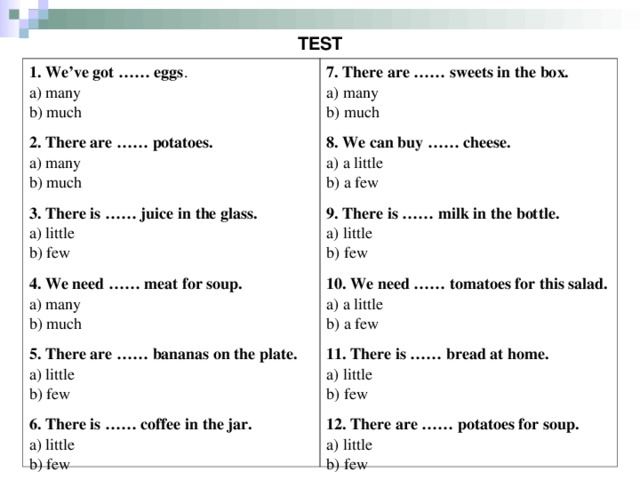 On June 12, 1990, the law "On the Press and Other Mass Media" was adopted, which proclaimed freedom of the media and the absence of censorship.
On June 12, 1990, the law "On the Press and Other Mass Media" was adopted, which proclaimed freedom of the media and the absence of censorship.
In addition to publicity, in his report Mikhail Gorbachev confirmed the course towards "accelerating the socio-economic development" of the country, which was first announced at the Plenum of the Central Committee of the CPSU on April 23, 1985. Particular emphasis in his speech was placed on the development of agriculture and an increase in the "welfare of the people" (it was supposed to increase the income of the population by 1990 by 1.6-1.8 times). At the same time, a promise was made to provide every Soviet family with a "separate apartment or house" by the year 2000. In the report of the head of government Nikolai Ryzhkov, the task was to increase labor productivity in the USSR in 1986-1990 by 23%, and by 2000 - by 2.3-2.5 times. It was also supposed to provide in 1986-1990. annual growth of national income by 3.